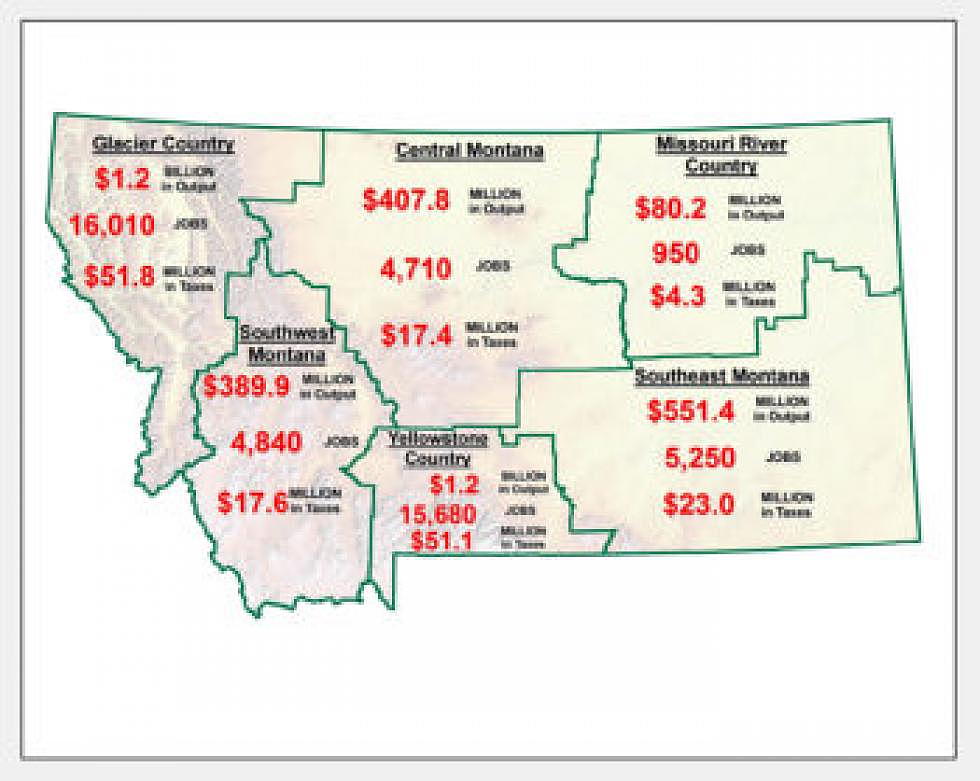
Nonresident spending in “Glacier Country” topped $1B in 2016, supported 16,000 jobs
More than 12 million nonresident visitors to Montana spent $3 billion in 2016, with 32 percent of that spending located in Glacier Country, according to a new University of Montana study.
Released this week by the Institute for Tourism and Research, the statewide figures for 2016 mark a 5 percent increase in visitation over the prior year. The vast majority of those visitors arrived during the summer months from July to September and spent $131 per day on average.
“We've been seeing a little decrease over the years in terms of traveler spending,” Kara Grau, the institute's assistant director of economic analysis, said Wednesday. “A big part of it is always the fluctuation of fuel prices. Fuel spending is generally the largest amount spent by nonresidents, and that's a big part of it.”
Glacier Country in northwest Montana – an area that includes Missoula – saw nonresident travelers spend more than $1 billion in 2016, comprising 32 percent of all spending in the state.
Grau said that spending in Glacier Country supported nearly $1.2 billion in economic activity and 16,000 jobs. It also supported nearly $420 million in labor income.
“Glacier National Park has always been a big attraction, and we know that region of the state tends to have the largest quantity of visitors,” Grau said. “But Missoula definitely has a lot of traveler traffic, and it has a lot to offer in terms of people who are traveling.”
Just behind Glacier Country, the tourism district known as Yellowstone Country also fared well, with nonresident spending topping $930 million, or roughly 29 percent of the state total.
Spending by visitors there supported nearly 15,700 jobs and $417 million in labor income.
“Visitation in 2017 appears to be on the upswing as July in Glacier produced the highest visitation for any month on record, and Yellowstone, while slightly lower than last year, was still experiencing near-record visitation,” said institute director Norma Nickerson. “Montana’s two national parks continue to be a draw for out-of-state visitors.”
While this year's fires and smoky skies impacted tourism travel at the local level, Grau said it's too soon to know what impacts it had on statewide tourism.
“We're just starting to gather up our third-quarter data for this year,” she said. “Just anecdotally, you hear stories of people who canceled bookings or moved to a different area. It'll be interesting to see the impacts overall, but regionally, we know there's been impacts.”
